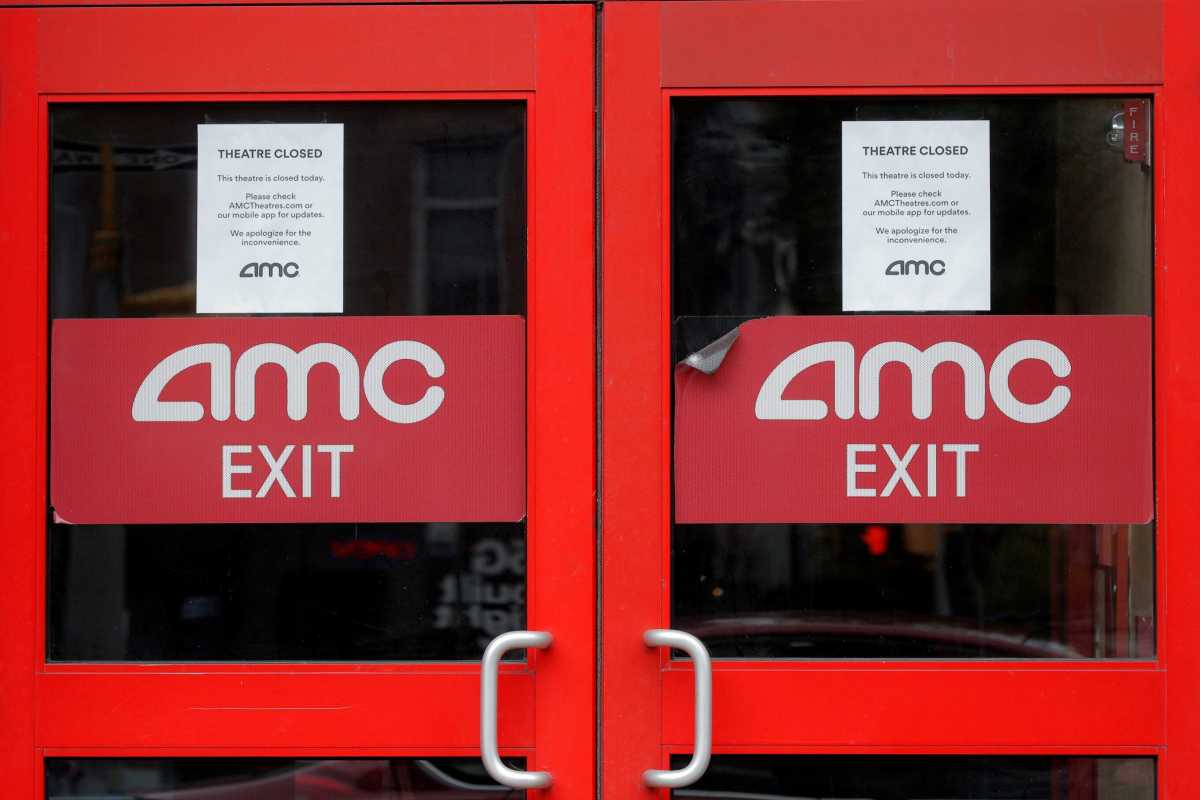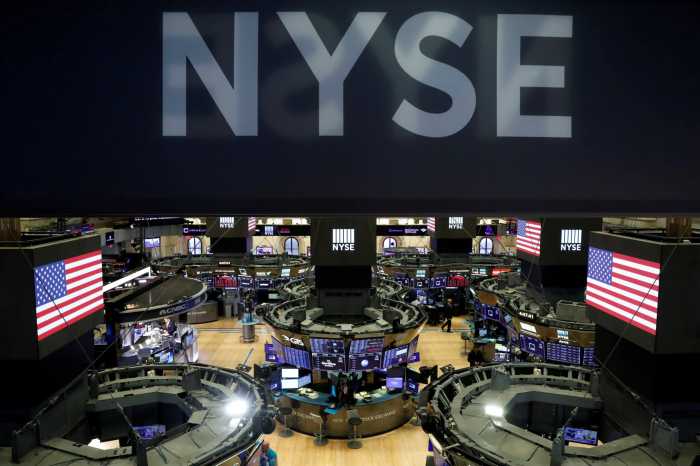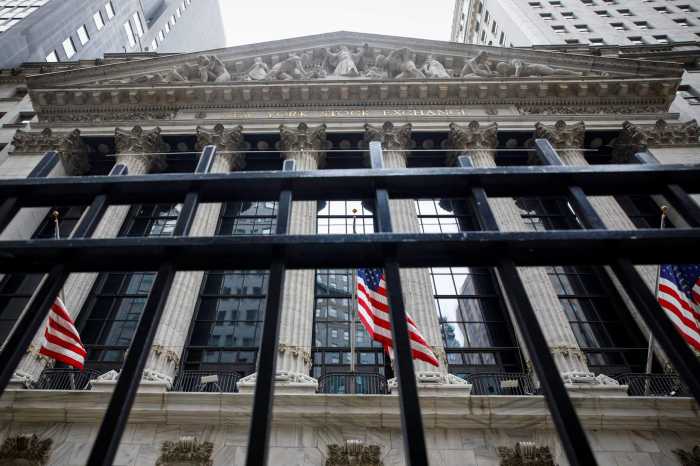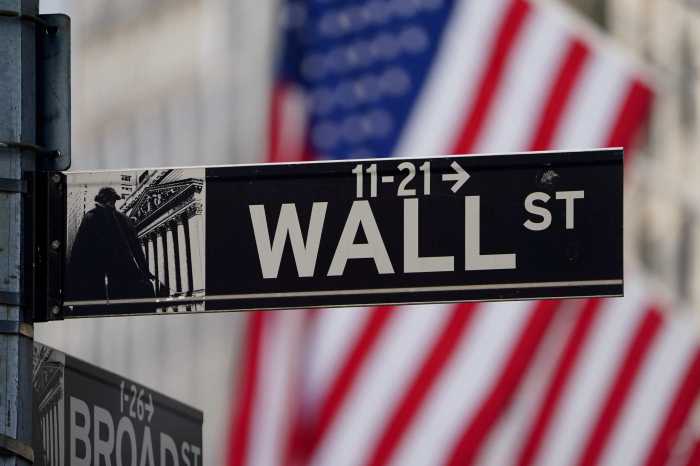Shares of AMC Entertainment Holdings Inc surged to a record high this week in a blistering rally that again highlighted how an arcane options market dynamic known as a gamma squeeze can super-charge stock price gains.
WHAT IS OPTIONS GAMMA?
AMC’s rally was partly fueled by heavy trading of equity options. These financial derivatives give buyers the right to buy or sell shares at a fixed price in the future, depending on where the stock price is.
As the share price moves in the normal course of trading, the value of these derivatives fluctuates with the changing probability of the options buyer exerting that right.
These changes are captured through a range of mathematical calculations, one of which traders call a gamma.
Anyone who sells options is “short gamma.” Gamma is highest when the strike price of the options sold is very close to that of the underlying stock.
WHAT IS A GAMMA SQUEEZE?
Market makers who sell options may ultimately have to deliver the underlying stock, so they risk heavy losses if they have to pay more than they bargained for.
To hedge their exposure, they often buy or sell shares of the underlying stock.
In the case of AMC, hordes of call options buyers left market makers with a massive short gamma position that grew as the share price inched closer to the high strike prices held by bullish investors.
As the share price skyrocketed, market makers bought AMC shares to offset their exposure, adding more fuel to the rally, analysts said. That is a gamma squeeze.
CAN GAMMA SQUEEZE WORK BOTH WAYS?
Yes. Market makers may be said to be short gamma from either selling calls or puts. When a stock is falling, market makers are highly motivated to sell the stock to hedge their exposure.
However, a downward squeeze on shares from gamma-induced selling is generally less extreme, compared with upwards buying pressure, analysts said.































